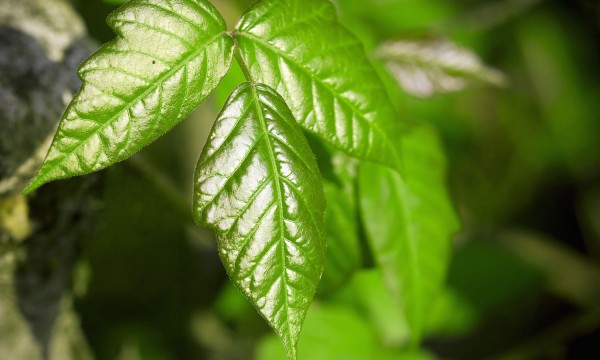When you've got plenty of empty space and a desire to fill it with something leafy and green, look at hop vines as an option. They grow incredibly quickly and provide a luscious, forest-like look.
- Browse Categories
- All Tips
-
Home & Garden
- All
- Appliances
- Bathroom
- Cleaning
- Crafts
- Decorating
- Electrical
- Flooring
- Furniture
- Garage Door
- Gardening
- Green Living
- Heating
- Home Alarm Systems
- Home Maintenance
- Home Remedies
- Home Security
- Home Staging
- House Sitting
- Junk Removal
- Kitchen
- Lawn Care
- Lock Systems
- Moving
- Outdoor Living
- Pest Control
- Plumbing
- Renovation
- Roofing
- Snow Removal
- Storage
- Tools
- Tree Service
- Health
- Family
- Travel
- Auto
- More Tips

Care-free vines: hops
October 9, 2015

Hop vines
Formally known as Humulus lupulu, hop vines are so named because their fruits are used to make beer. But even if you're not a budding brewmaster, growing hop vines are an excellent way to instantly transform the look of any space.
Plenty of space for hop vines
If you're considering planting hop vines, make sure you pick a space where there's plenty of room for them to expand because they grow extremely quickly and large. It's not unheard of for them to branch up and out at the rate of a foot a day and reach heights of more than 35 feet.
They like to grab hold of any structure within reach, so providing with a trellis or scaffold will help you control their shape and growth. The best way to shape them is to pick out the strongest two or three rhizomes and pinch off the rest, otherwise the entire vine plant can become uncontrollably bushy. Once winter starts to approach, trim the vine down to about two feet and bury the clippings so they can grow fresh next year.
The right sun and soil conditions
Hop vines adapt pretty easily to a variety of conditions, but they definitely have their favourite preferences. Plenty of sun, like that found in south- and west-facing areas, means hop vines will grow to their maximum potential. However, they can also exist in partially shady conditions, which are good if you simply want to cover a space.
Before you plant a hop vine, do a quick soil analysis to ensure it's either pH neutral or just slightly alkaline. If your soil's acidic, you can add a bit of lime to get it to the right pH. They're also pretty flexible when it comes to the type of soil, being known to grow in sandy or clay-like conditions, but try and find rich, loamy, well-drained soil for the best possible growth.
Once they're established, hop vines don't need much to keep them going. You can add about a handful of fertilizer as a quick nutrient boost when first planting them, but compost or nitrogen is just fine after that. Don't stress too much about watering them, as hop vines are pretty forgiving when it comes to that. It's almost impossible to kill them, so veering a little too much in either direction is okay if not done for too long.
It's incredibly easy to plant and maintain hop vines. Just about all you have to do is put the seeds in and wind them around a support, and watch them shoot up all on their own.






